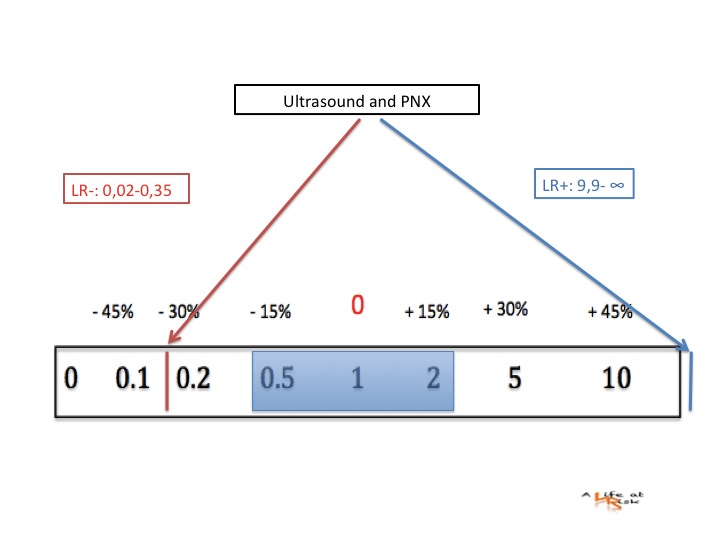Y ou are allerted for a level 3 trauma from the mountain, a cyclist has fallen going down hill.
You prepar the shock room with everything you may need, dress up, and wait.
A 25 y/o cyclist arrives completely immobilized, you immidiately start to perform ABCDE as you learned in your recent ATLS course (you feel confident).
First stop is a possible problem in “B” (breathing): he has an ecchimosis on the right emithorax, not crepitation, maybe there is a less vescicular murmur on the same side, but you are not sure (the shock room is very crowded an noisy!), he is slightely tachypnoic (RR is 24), O2 saturation is 96%. …you go on….in “E” (Exposure) you find an exposed, bleeding, thigh bone fracture that surly is going to need surgery, at the moment you stop the bleeding, stabilize, allert orthopedic…ect…
FAST is normal. You ask for X-Ray : anteroposterior (AP) chest x-ray, pelvis and thigh bone. Confirmed exposed fracture, no signs of pneumothorax, surgery room is ready…
You recently have reeded the previous post and you don’t feel confident about a negative thorax x ray, so you decide to “extend” your FAST and on the right emithorax you find a “lung point”…
are you going to let this patient be intubated?

Conclusion
Ultrasound has a higher sensitivity than the traditional upright anteroposterior chest radiography (CXR) for the detection of a pneumothorax.
The negative predictive value for lung sliding is reported as 99.2–100%, indicating that the presence of sliding effectively rules out a pneumothorax.
However, the absence of lung sliding does not necessarily indicate that a pneumothorax is present. Lung sliding is abolished in a variety of conditions other than pneumothorax, including acute respiratory distress syndrome (ARDS), pulmonary fibrosis, large consolidations, pleural adhesions, atelectasis, right mainstem intubation, and phrenic nerve paralysis. Specificity values range from 60–99%… it depends on the setting.
Bibliography
J Emerg Trauma Shock. 2012 Jan;5(1):76-81.
Sonographic diagnosis of pneumothorax.
Husain LF, Hagopian L, Wayman D, Baker WE, Carmody KA.



